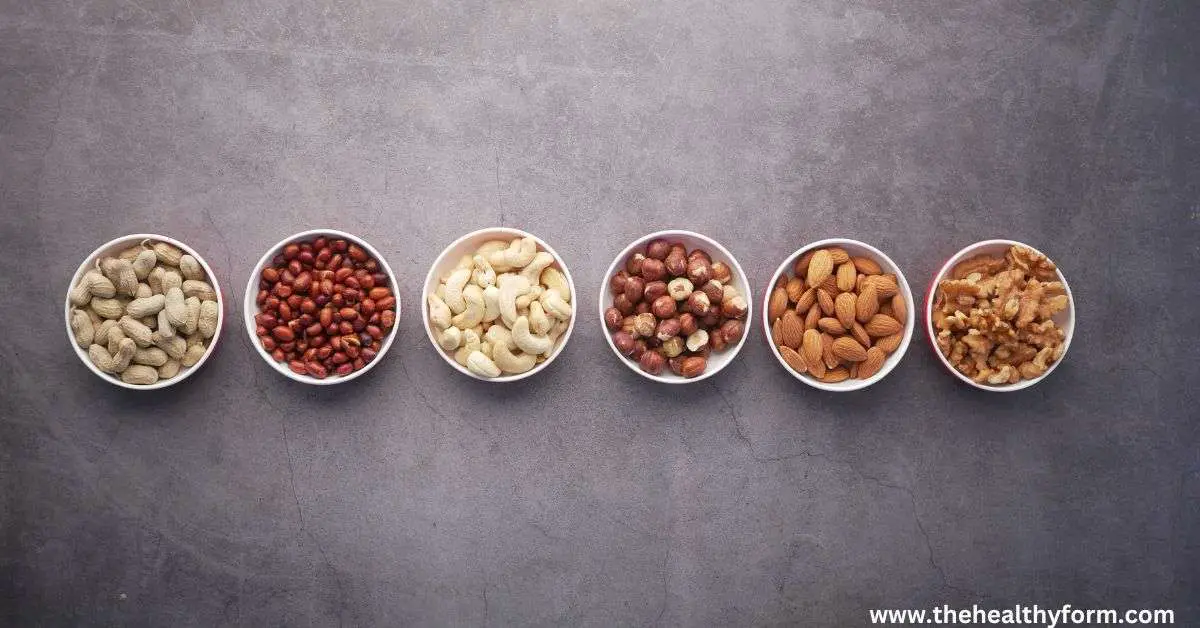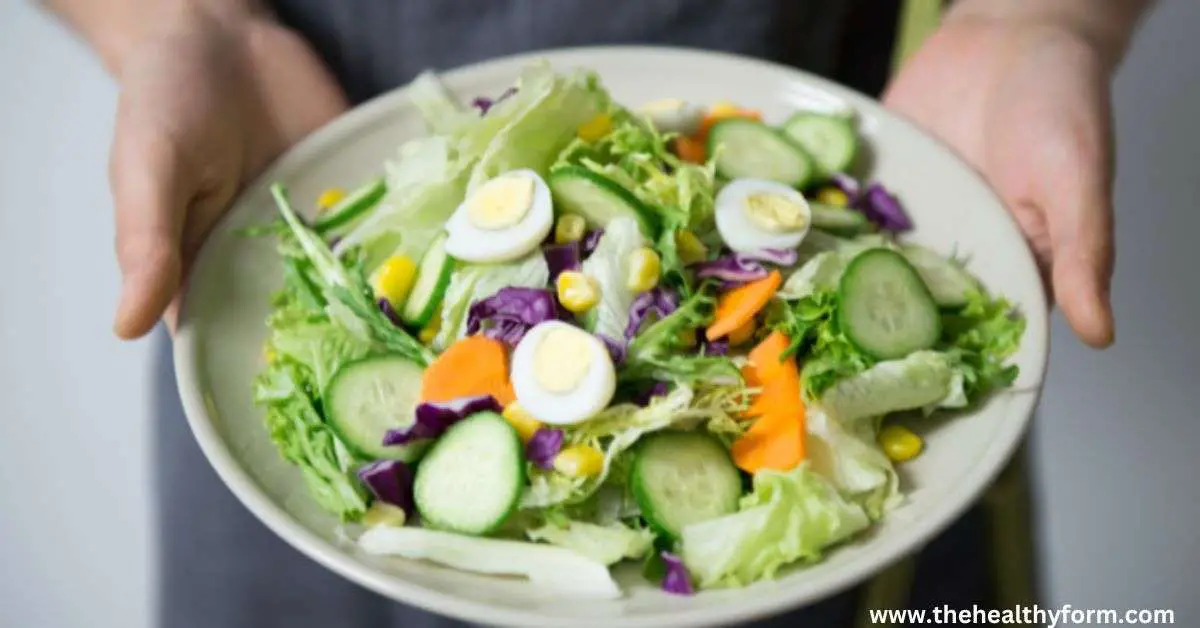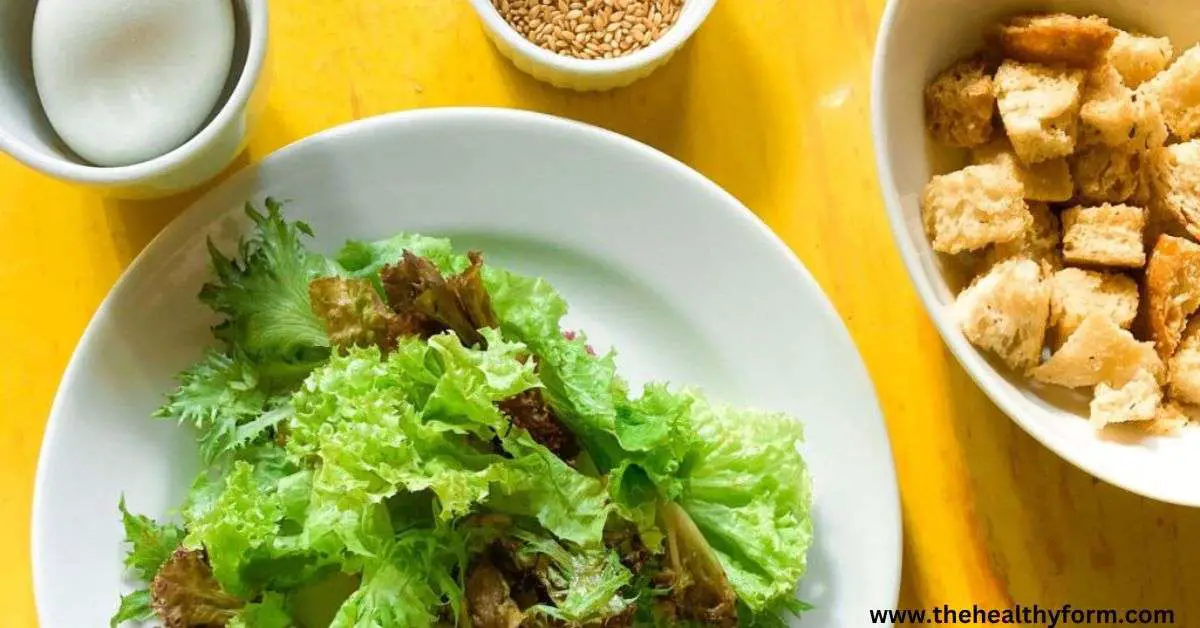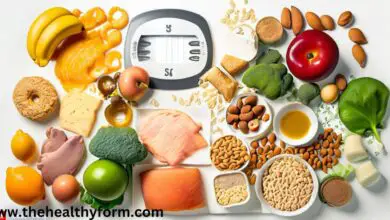How To Create a Healthy Eating Plan For Weight Loss
Learn how to create a healthy eating plan for weight loss, set realistic goals, and make sustainable lifestyle changes for long-term weight loss success. It can be difficult to lose weight, and many diets and weight reduction regimens are available, making it difficult to choose the one that would work best for you. A healthy eating strategy for weight loss doesn’t have to be difficult or constricting, though. The secret is to focus on nutrient-dense foods that give your body the necessary vitamins and minerals and aid in weight loss. You can build a healthy diet plan to help you sustainably attain your weight loss goals by modifying your eating habits and adding whole, unprocessed foods.
This post will offer suggestions and instructions for building a healthy weight-loss eating plan that you can adopt into your daily routine.

Understanding the Basics of Nutrition
Before creating a healthy eating plan for weight loss, it’s important to understand the basics of nutrition. This includes understanding the different macronutrients (carbohydrates, protein, and fats) and that the body needs micronutrients (vitamins and minerals) to function properly.
Carbohydrates provide energy to the body, while protein helps to build and repair muscle. Fats are an important energy source and are necessary for absorbing certain vitamins and minerals.
It’s also important to understand the concept of calorie balance. To lose weight, you must create a calorie deficit, which means burning more calories than you consume.
Choosing nutrient-dense foods
Focusing on nutrient-dense foods is important when creating a healthy weight-loss diet plan. These are foods that are high in nutrients and low in calories. Examples of nutrient-dense foods include:
- Fruits and vegetables: These foods are high in vitamins, minerals, and fiber. They are also low in calories, which makes them ideal for weight loss.
- Whole grains: Whole grains such as quinoa, oats, and brown rice are high in fiber and provide energy to the body.
- Lean protein: Protein is essential for building and repairing muscle. Lean protein sources such as chicken, fish, and tofu are low in fat and calories and can help keep you full and satisfied.
- Healthy fats: Fats are an important part of a healthy diet and are necessary for absorbing certain vitamins and minerals. Healthy fats can be found in avocados, nuts, and seeds.

Creating a meal plan
Once you have a good understanding of nutrient-dense foods, it’s time to create a meal plan. A healthy weight-loss diet should balance carbohydrates, protein, and fats.
- Breakfast: A healthy breakfast could include a serving of whole grains such as oats, lean protein such as eggs, and a serving of fruits or vegetables.
- Lunch: A healthy lunch could include a serving of whole grains such as quinoa or brown rice, a serving of lean protein such as chicken or fish, and a serving of fruits or vegetables.
- Dinner: A healthy dinner could include a serving of whole grains such as barley, lean protein such as tofu, and a serving of fruits or vegetables.
- Snacks: Healthy snacks could include fruits, vegetables, nuts, or seeds.
It’s important to remember that portion sizes are crucial when losing weight. Eating smaller portions and listening to your body’s hunger cues can help ensure you consume the right amount of calories.

Making healthy swaps
Making healthy swaps is an easy way to reduce the calorie content of meals while still getting the nutrients you need. Some examples of healthy swaps include:
- Swap white bread for whole wheat bread
- Swap white rice for brown rice
- Swap regular pasta for whole-wheat pasta
- Swap sugary drinks for water or unsweetened tea
Managing cravings
Managing cravings is an essential part of weight loss. Cravings are often caused by a lack of certain nutrients in the diet or by emotional triggers. To manage cravings, it’s important to:
- Plan: Have healthy snacks on hand to curb cravings when they strike.
- Identify triggers: Keep a food diary and note any cravings and what triggered them. This can help to identify patterns and make it easier to avoid cravings in the future.
- Practice mindfulness: Instead of suppressing cravings, try understanding them and being mindful of what your body needs.
- Get enough sleep: Lack of sleep can contribute to cravings, so getting enough rest is important to keep cravings in check.
Staying motivated
Weight loss is a journey, and staying motivated throughout the process is essential. Setting realistic goals and focusing on progress, not perfection, is important. Celebrate small wins along the way, and don’t get discouraged by setbacks.
It’s also important to seek support from friends, family, and healthcare professionals. Joining a support group or working with a registered dietitian can provide additional motivation and guidance.
FAQ about How To Create a Healthy Eating Plan For Weight Loss
Some of the most common questions people have about how to create a healthy eating plan for weight loss are:
What should I eat for weight loss?
Focus on eating whole, nutrient-dense foods such as fruits, vegetables, lean proteins, and healthy fats. Avoid processed and high-sugar foods as much as possible.
How many calories should I eat per day for weight loss?
This depends on your individual needs and goals. Generally, creating a caloric deficit of 500-1000 calories per day can result in a safe and sustainable weight loss of 1-2 pounds per week.
Is it okay to skip meals to lose weight?
No, skipping meals can slow your metabolism and make weight loss more difficult. Instead, aim to eat small, frequent meals throughout the day to keep your metabolism revved up.
Should I count macros or calories for weight loss?
Both can be effective for weight loss, but it ultimately depends on your preferences and goals. Counting macros (proteins, fats, and carbohydrates) can help ensure you get the right balance of nutrients, while counting calories can help create a calorie deficit.
Conclusion
Creating a healthy eating plan for weight loss is about making sustainable choices that promote weight loss while providing the body with the nutrients it needs. Understanding the basics of nutrition, choosing nutrient-dense foods, creating a meal plan, making healthy swaps, managing cravings, and staying motivated are all important aspects of weight loss. It’s important to remember that weight loss is a journey, and you must be patient and kind throughout the process. It’s also important to seek professional support and guidance, as everyone’s needs differ. With a well-rounded approach and a positive attitude, achieving a healthy weight is within reach.





